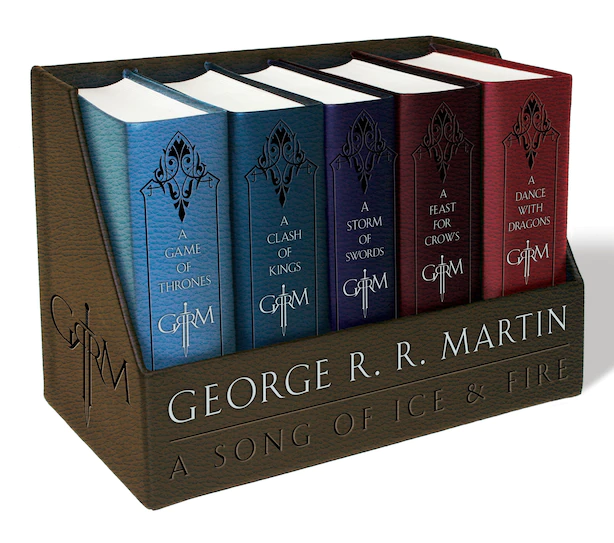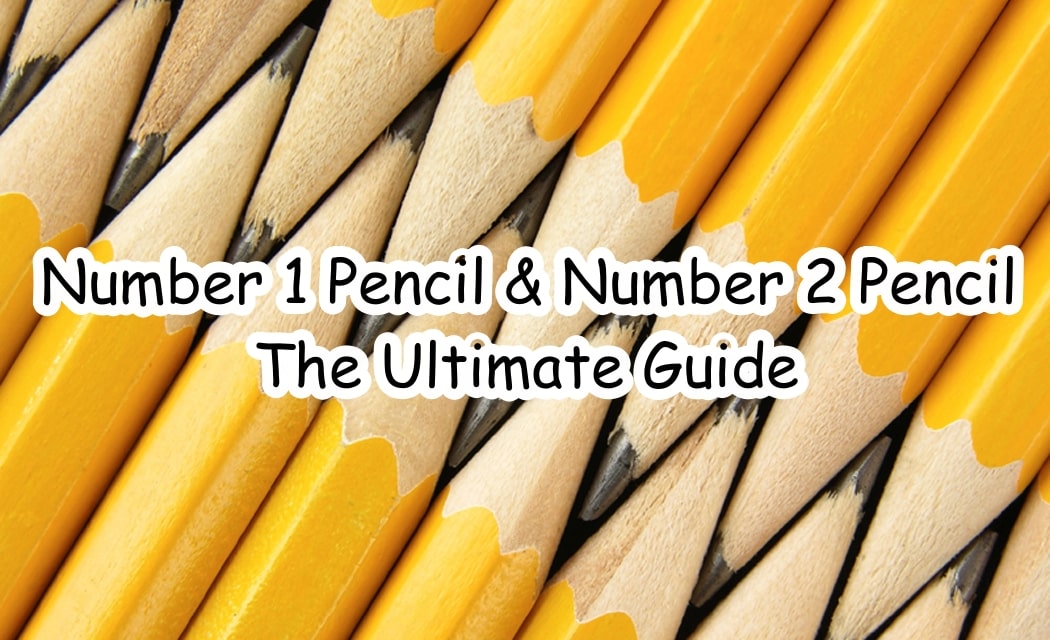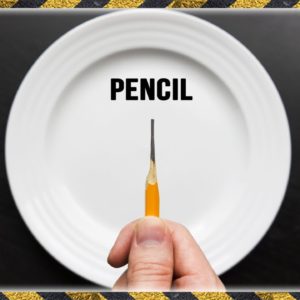As an indispensable tool in our daily life, pencils can be easily found in some places including schools, offices, conferences, restaurants and hotels. When buying pencils, many people may have some puzzles: Is the pencil lead made of real lead? Is pencil lead toxic? How can they buy their own suitable pencil lead? Let’s find out.

1. How is pencil lead called like this?
In 1564, the British discovered a black ore. Scratching it gently on something, they noticed there was a deep black mark left. In addition, the ore was easily cut into long strips and very suitable for writing and painting. At that time, people thought it was lead ore. Then the writing tool made of it was called pencil, and naturally, the core of pencil was called pencil lead. Later, the ore was known as graphite, however, the name is still very popular until today.Is pencil lead toxic? Lead is poisonous, but there is no lead in pencils.
2. What is the pencil lead made of?
Pencils are not made of lead, but a mixture of graphite and clay in a certain proportion. So is pencil lead toxic? The answer is no, you can use it safely. Graphite is a kind of dark gray and opaque fine phosphorous solid with metallic luster. It feels slippery by hand touch. In addition, it is one of the softest minerals composed of carbon. Scratching the graphite on the paper, it can be found there is a deep gray mark left. And, the main function of clay is to improve the hardness of the pencil lead.

3. The process of making pencil lead
Graphite and clay are mixed in a certain proportion to be pressed into long string-like strips by machine. Then the strips are precisely cut to a fixed length. The cut graphite core is packed into a breathable barrel and dried by a machine. Then burn it in the oven and finally soak it in wax to make the pencil lead smooth and the pores filled completely.Is pencil lead toxic?Lead was not involved in the whole process.The detailed production process can be viewed here: how are pencil made?
4. Is the paint on the pencil toxic?
The pencil paint technology is adopted on the appearance of pencil bar. Then, it can protect the pencil bar while making it more attractive. Some outer pigments contain trace amounts of heavy metals, which has no effect on health in daily contact. However, it is still inappropriate to bite the pencil. So is pencil lead toxic? Although the pencil lead is non-toxic, it is not safe for young children. Parents need to monitor their use.
5. Is colored pencil lead toxic?
The color lead core is made of pigment, clay, talc powder and wax binder (grease, wax, adhesive), so it is also non-toxic. This kind of pencil lead is also used by artists and popular with children and students. The higher the proportion of waxy binder in the lead, the harder it will be, and vice versa.
After cutting and forming, you need to soak it in wax for a period of time. Wax is the carrier of pigments. When we use it to write and paint, it will be worn off with paint and left on the paper. So is pencil lead toxic? No.However, in order to avoid swallowing and other accidents, children had better use it in the company of their parents.
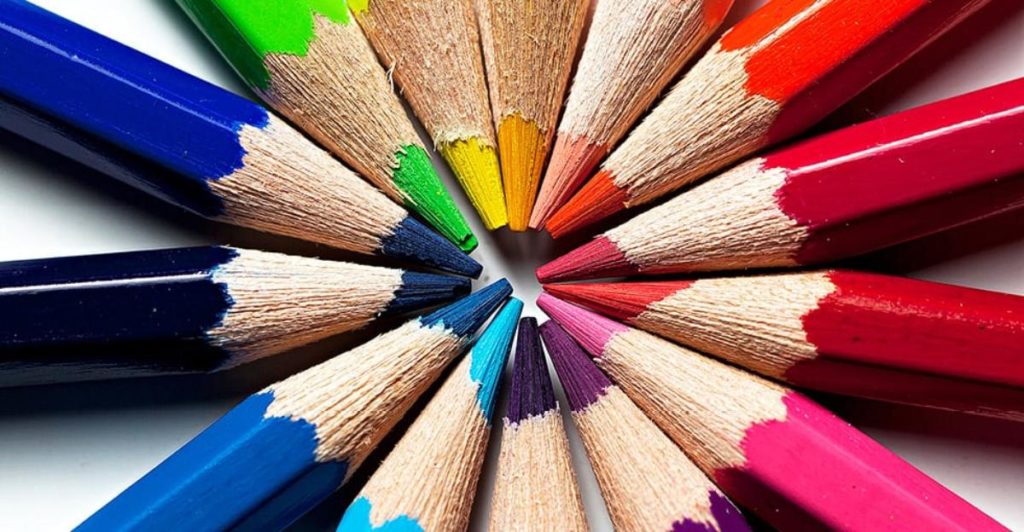
6. Hardness and blackness of pencil lead
When using pencils, many people may puzzled about what is the meaning of the signs HB and 2B on the pencils. Actually, H means the hardness of lead. Graphite is a naturally soft substance with which clay is mixed to make it harder. Soft lead means the lead with high graphite content while hard lead means the lead with less graphite and higher clay content.
B means the blackness of the pencil lead. Soft lead will leave dark marks when used, while hard lead will make lighter marks. The number before B indicates the softness of the lead. The greater the number, the softer the lead and the darker the mark. For example, 2B of pencil lead is softer and darker than B’s.
On the contrary, the number in front of H indicates the hardness of the lead. The greater the number, the harder the lead and the lighter the mark. For example, 2H of pencil lead is harder and lighter than H’s. HB is neutral and usually suitable for sketching, and its position means that it can produce darker and brighter marks.Over a long period of time, evolution of the pencil has gradually become what it is now.
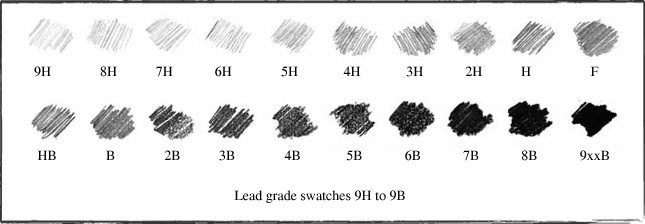
7. Types of pencil lead
In the United States, pencil lead can be divided into five types: # 1, # 2, # 2.5, # 3 and # 4. # 1 lead is the softest and darkest. If you are engaged in publishing industry, then this kind of pencil is your first choice. But it is so easy to get dirty and needs to be polished frequently.
Generally speaking, the most commonly seen and used in daily life is # 2, which is used for daily writing, scanning and scoring machine testing. The # 2.5 pencil lead is harder than # 2, but it is less popular because it leaves lighter marks that make it difficult to read. The # 3 pencil lead is relatively light, so it is suitable for beginners to practice the light sketching when learning the painting. The hardest is the # 4 pencil lead, which, if used for writing, is too light to read. So it is not used frequently.
8. Mechanical pencil
Mechanical pencils are also very common in our daily lives, so how do we select and purchase the pencil lead of different thickness?
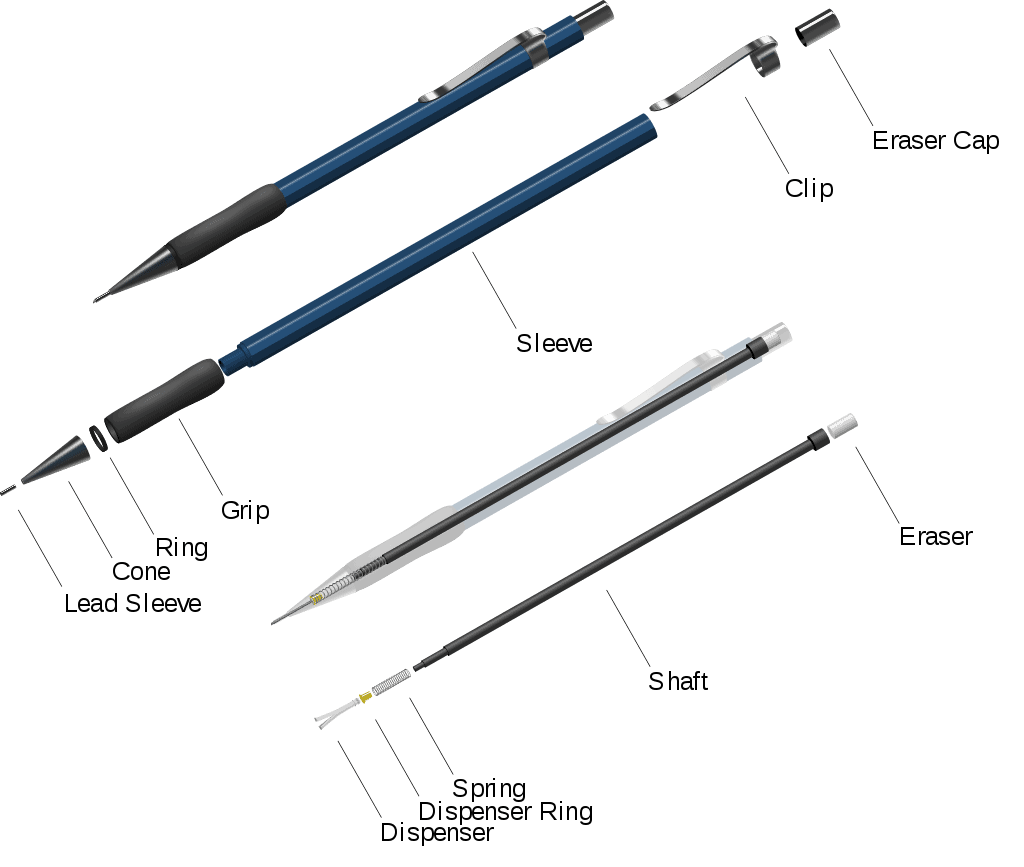
The pencil lead of 0.2mm is very suitable for writing in small spaces and adding very fine details, so it is very popular for people fond of small handwriting. As it is more fragile than most of the pencil lead, the wisest choice is to use it with lead-protected pencils.
The 0.3mm pencil lead is the standard size often used by draftsmen for technical drawings. It is usually specially used for technical drawings and for more detailed details. The pencil lead of this size is very suitable for drawing straight lines. Especially with the help of a ruler, it will have a clean and accurate effect.
The pencil lead of 0.4mm is a classic size in Japan and it is more durable.
People who use this kind of pencil lead are usually artists and drafters fond of using various lead sizes.
The 0.5mm pencil lead is one of the most commonly used lead sizes, which can be widely purchased and has good fracture resistance. You can use it to write or draw, which may meet your writing needs. Moreover, it is very popular with artists for detailed drawing.
The pencil lead of 0.7mm is also a common thick size, and the lead is stronger and more resistant to breaking. This makes it especially suitable for children and those who put more pressure on the pencil tip when writing. If you deal with long-term drafting work, it is a very suitable lead.
The pencil lead of 0.9mm is suitable for drawing thick lines. As you feel comfortable when using it to write or draw on the paper, you can make full use of your leading advantage without interruption. This size also applies to newsprint puzzles (crossword puzzles, Sudoku, etc.).
The 1.3mm pencil lead is ideal for drawing and coloring as well as marking thicker lines. Because of its large diameter, it is not suitable for daily writing. But it is very suitable for young children because it can arouse their motivation of writing large and clear letters. Meanwhile, as the pencil lead of this size can draw solid and consistent lines, it is also suitable for a comprehensive sketch style and adding details to large drawings.
The 2.0mm pencil lead is the standard size of a mechanical pencil. Although it is heavy and uncomfortable to write, it is enjoyable to deal with sketching. Press hard to get strong dark lines, and gently press to get a smooth tone. It can be sharpened for detail work or at a certain angle for gesture work and large area shadows.
The 3.2mm pencil lead is a popular size, which can be colored quickly in a large area when drawing, so it is especially the first choice of the artists. And it has great durability, so it is very suitable for children who are just learning to write.
The 4.0mm pencil lead is usually best suited for wide strokes and are very suitable for quickly outlining ideas and filling spaces. This kind of pencil lead will come in handy when used for expressive drawings, large area shadows and making large sketches.
With the maximum diameter, the 5.6mm pencil lead is commonly used for drawing, sketching, and coloring. It is very suitable for drawing large contours and quickly covering large areas, but it can still present a good level of details.
9. How long can a pencil lead be used?
A complete pencil lead may be drawn a line about 35 miles long or written down about 45,000 words. It needs only seven pencil lead to finish writing the book A Game of Thrones.
Is pencil lead toxic?Now you know the answer.
